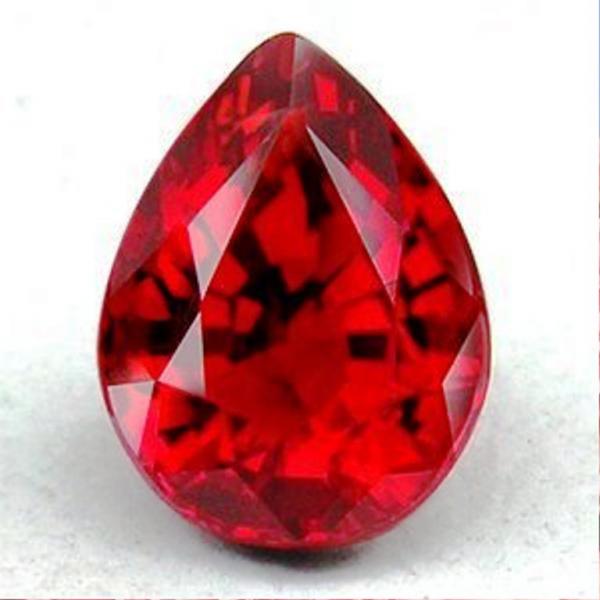Instruction
1
Take the stone and hold it for a while in the hand, holding in the palm of your hand. If it's a real ruby, it will remain cold, but synthetic or glass warms up quickly. You can put the stone on the eyelid eyes to feel it heats up or not.
2
Place a ruby in a glass jar. If ruby sparkle all the facets, the stone is a real, if not – fake. Place the stone in a glass of cow's milk, and if milk, a little later, acquired a pinkish hue, the stone is real.
3
View stone into the light or through a magnifying glass. Real will play all sides: at one angle it will look dark red under another – to fade (the phenomenon of dichroism). If the stone has a crack in the natural stone to Shine she will not and will have a zigzag shape. Bubbles in this stone, in theory, should not be, but if they are, then only the round shape, the same color of the ruby. In contrast, in simulations often transparent or revealed bubbles of different shapes.
4
Please note: fees (crystal structure) present in the stone is always direct and linear, whereas in the synthetics – circular.
5
Place the stone under UFC lamp. If it was orange, then it is certainly not a real ruby.
6
Claw of the tested stone on the surface of another solid gem. Traces left on the "victim test" will attest to the fact that it is the real ruby.
7
Don't pass the inexpensive products with small and pale stones. It is likely this is also true rubies arefound in large quantities on the territory of the deposits of precious stones. Hence their low price, which makes any fake meaningless.
8
If you still doubt whether it is a real ruby, contact an expert for advice. Do not buy stones from the hands of unfamiliar people, new stores and jewelers without references.
